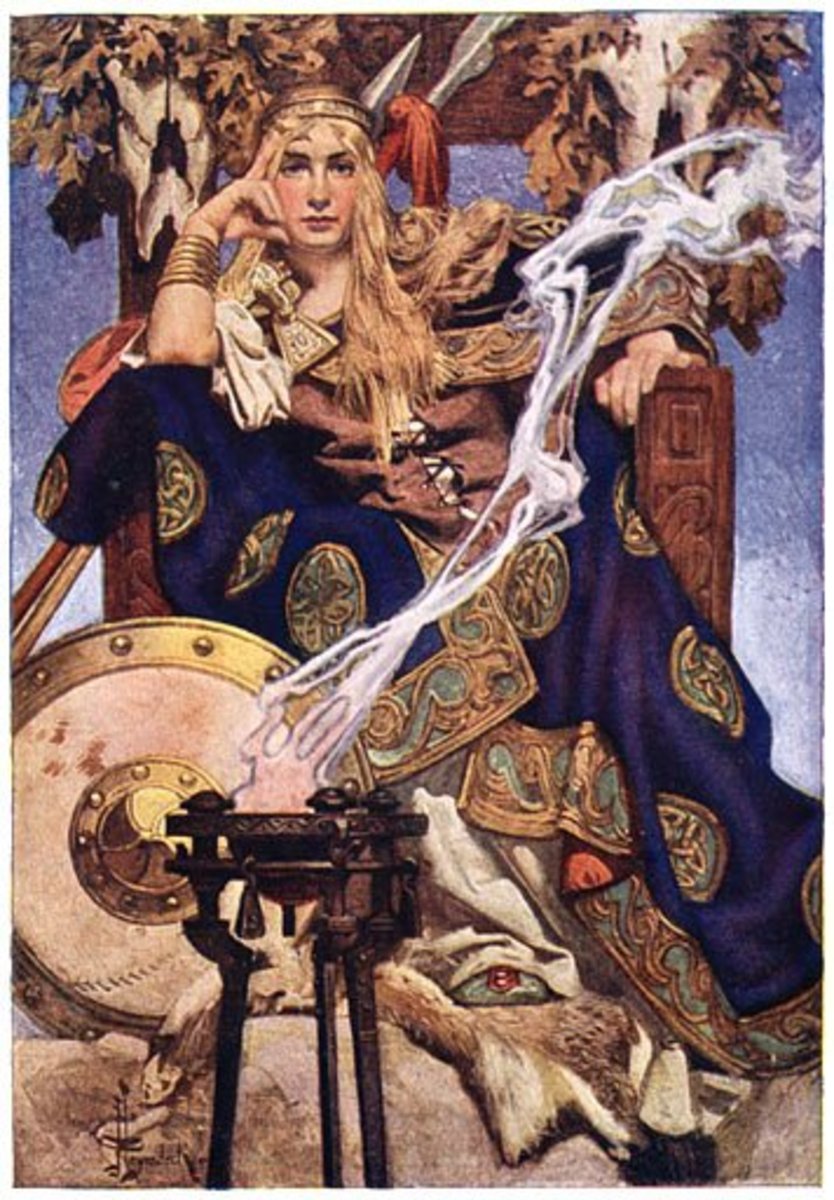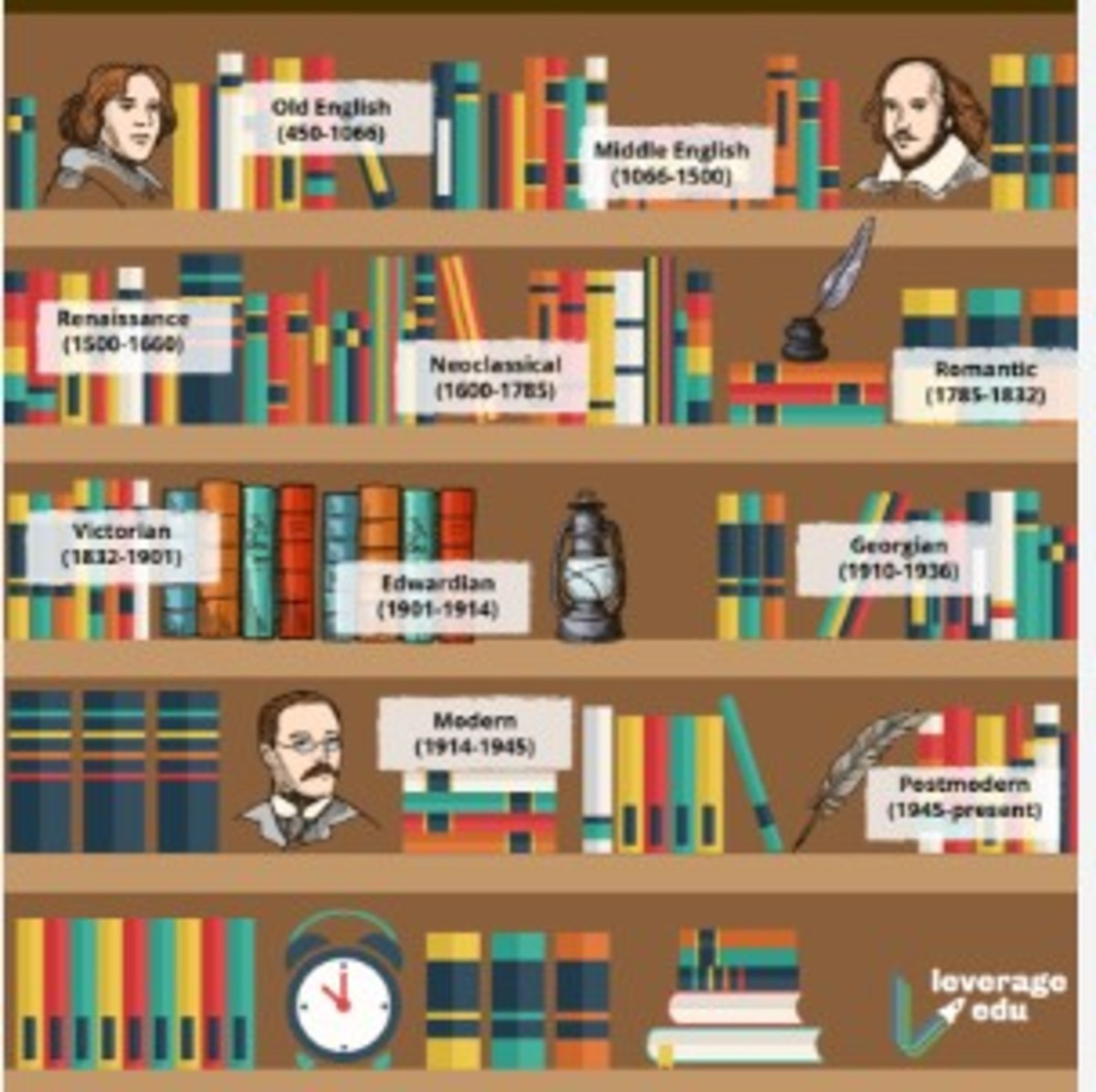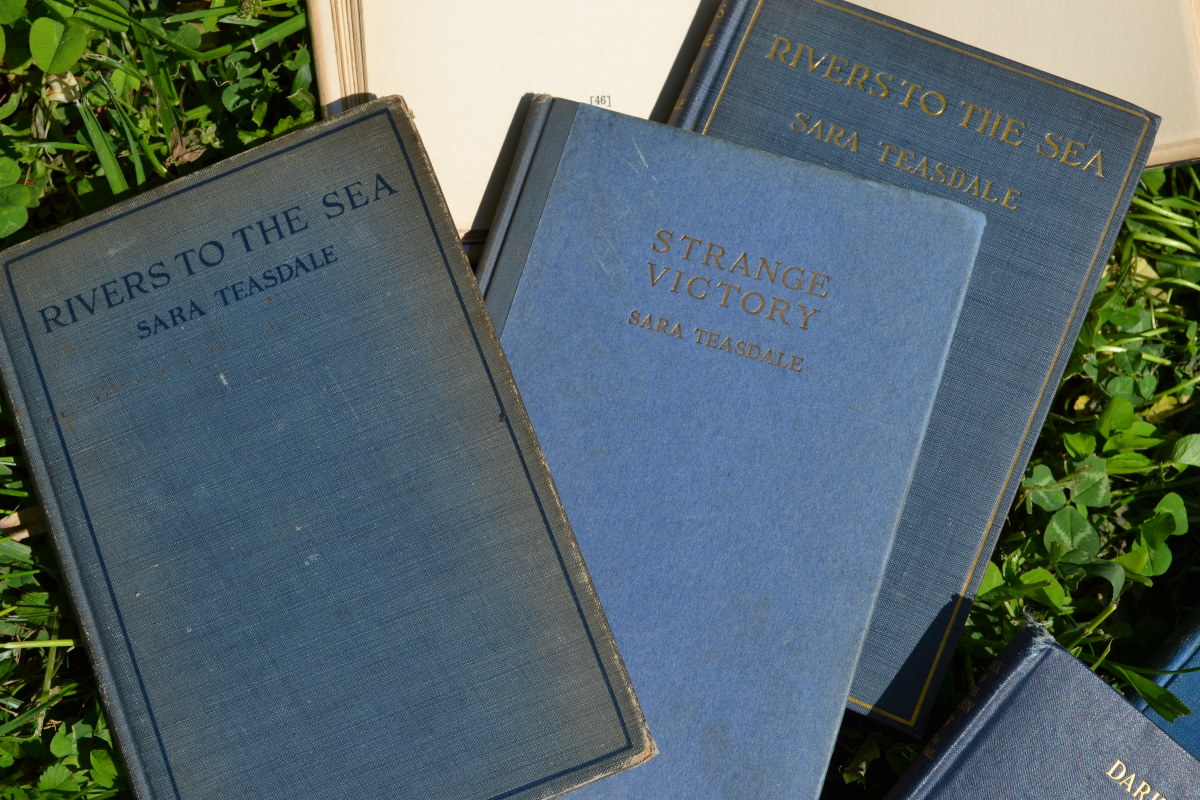What I Learned from "How the Irish Saved Civilization" by Thomas Cahill
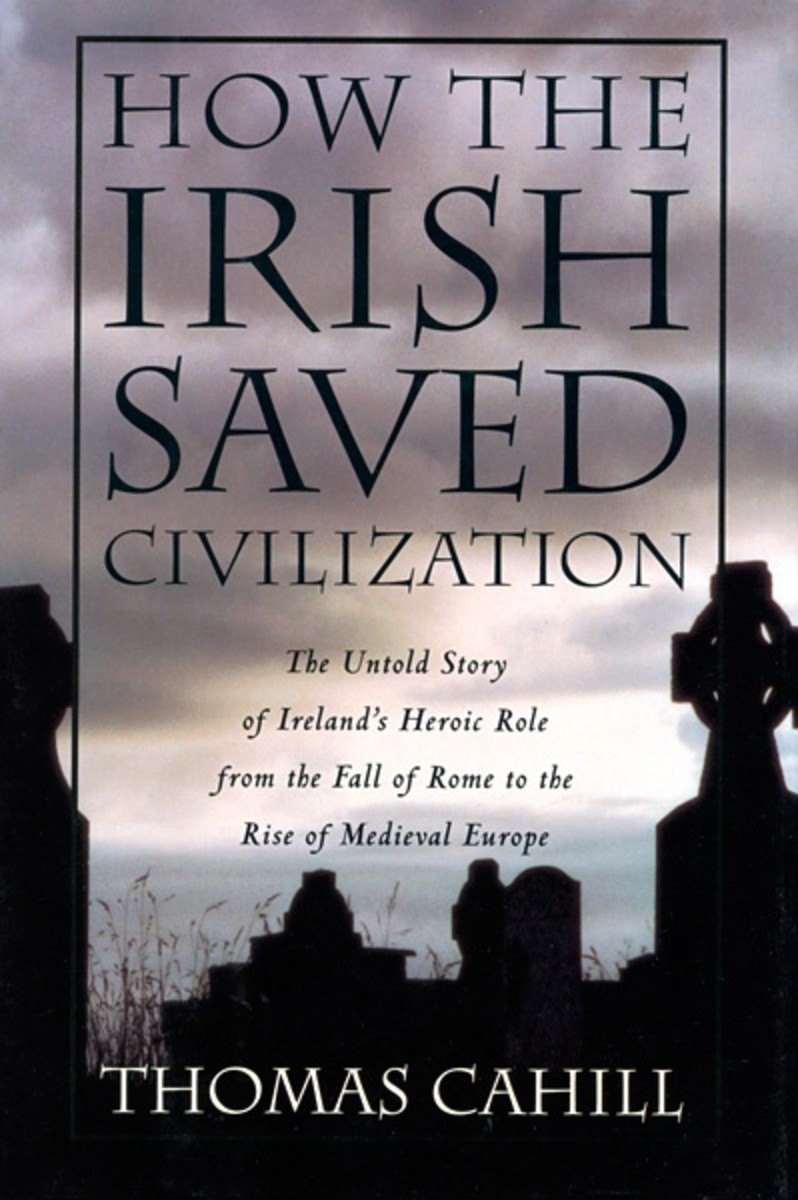
Of all the historical books I have read in my life...
Cahill’s How the Irish Saved Civilization stands out as one of the most flamboyant in its unique literary style. Cahill sounds nearly smug with his cavalier and sometimes unnecessary use of Latin, yet tucked within his long and frequently tedious discourses were phrases that made me laugh out loud. With historical veracity and often witty exposition he gives great insight into the nature of the Irish as a people and due verbiage to their contribution to today’s civilization.
Cahill’s thesis statement: “…They [the Irish] reestablished literacy and breathed new life into the exhausted literary culture of Europe. And that is how the Irish saved civilization,” (196) is a true and verifiable fact. However, the even more striking truth presented herein, is that the Irish not only preserved the classical literature of ancient Greece and Rome, but also developed their own unique monastic/religious lifestyle independently of the rest of Europe. Their Asceticism or “Green Martyrdom” as they called it, though at times appearing somewhat soft comparatively speaking, changed the face of Ireland completely.
Cahill makes this point in about the most roundabout way possible. It takes him until approximately page 70 to even begin talking about the Irish and their rich, but equally barbaric history. He begins with the analogy of a lion who is invited to dinner by a great man who shows him many artistic frescoes containing lions. Rather than being flattered, the lion is offended because in each picture his species is being brutalized. He tells the man: “Lions would have fared better, had lions been the artists.” (8) Cahill asserts that we have done the same to the Irish as the great man did to the lion; however, in his own work the Irish are no more the authors than the lion in his analogy.
The thrust of his book can be summed up in laymen’s terms thus: The naked Irish warriors killed a bunch of Romans till St. Patrick showed up, tamed them till they got literate and civilized and copied some classical literature. (Of course, Cahill goes through all this with much more tedious fine toothed comb, the hair of the piece being interspersed with Latin phrases he can hardly expect his laymen readership to understand.) Alas, his general drive is correct and if read carefully enough the truth of his words can be appreciated: education provides the potential for a certain amount of civility and the Irish are a good example of this.
I know that my personal understanding of the early middle ages was certainly expanded by reading Cahill’s book, no matter how laborious. It seems that Cahill may be correct; had the Irish painted their own portrait, they may have appeared to be more illustrious. However, their rich heritage cannot be ignored. In their literature, for example, women are given a more prominent role in a world where, for the most part, women were considered to be of less value. Even in Rome, the epitome of early civilization, if a nobleman’s wife gave birth to a daughter he was allowed to leave her out in the cold to die should he decide he didn’t want her. Yet in Irish writings, women are shown as strong and brave, taking control over their own lives and deaths.
An example of the prominent place of women in the society is in The Tain or The Cattle Raid of Cooley the woman Medb is just as powerful as her husband if not more so. She even goes so far as to assert that her husband’s power and wealth is a result of his marrying her. The women in the story are also very sturdy women, not the damsels in distress so often portrayed in classical English literature. Cahill contrasts the Irish’s treatment of women in literature with that of Dido Queen of Carthage in Virgil’s Aenid who kills herself with a knife when her beloved sails off to his destiny of founding a New City. Ireland’s early, independent women would never have stood for this.
Another important theme of Cahill’s book is that Irish monasticism developed all by itself, apart from that of the Roman Catholic church. It seems that after the Irish soundly defeated the more equipped Roman hordes, they were content to stay within their borders and develop their own society. A large part of the Irish evolution can be attributed to one man: Patricus, better known as Saint Patrick. Saint Patrick (whom most today associate with the three leaf clovers and the Irish church), in an odd twist of fatalistic irony was once a Roman nobleman’s son. Off to a rocky start as a young slave Patricus saw and experienced injustices that appeared to have haunted him for the rest of his life. However, when Christianity came to Ireland it brought with it a new sense of the sacredness of life and the importance of knowledge. Eventually laying down crude weapons and taking up pens, the Irish began copying the often equally crude writings of Greece, preserving for us such classic literary works as Ausonius’ writings. Their monasticism and copious literary endeavors can be attributed to their disappointment at a loss of the chance for martyrdom due to Constantine’s Edict of Milan in 313 A.D. To the Irish mind, martyrdom was the pinnacle of heroism. Thus, inspired by the accounts of early martyrs such as Polycarp which they were learning to read and write from, they found themselves with some level of distress at not being able to achieve the same level of greatness. Yet, in the classic Irish way they invented their own style of martyrdom: Green Martyrdom.
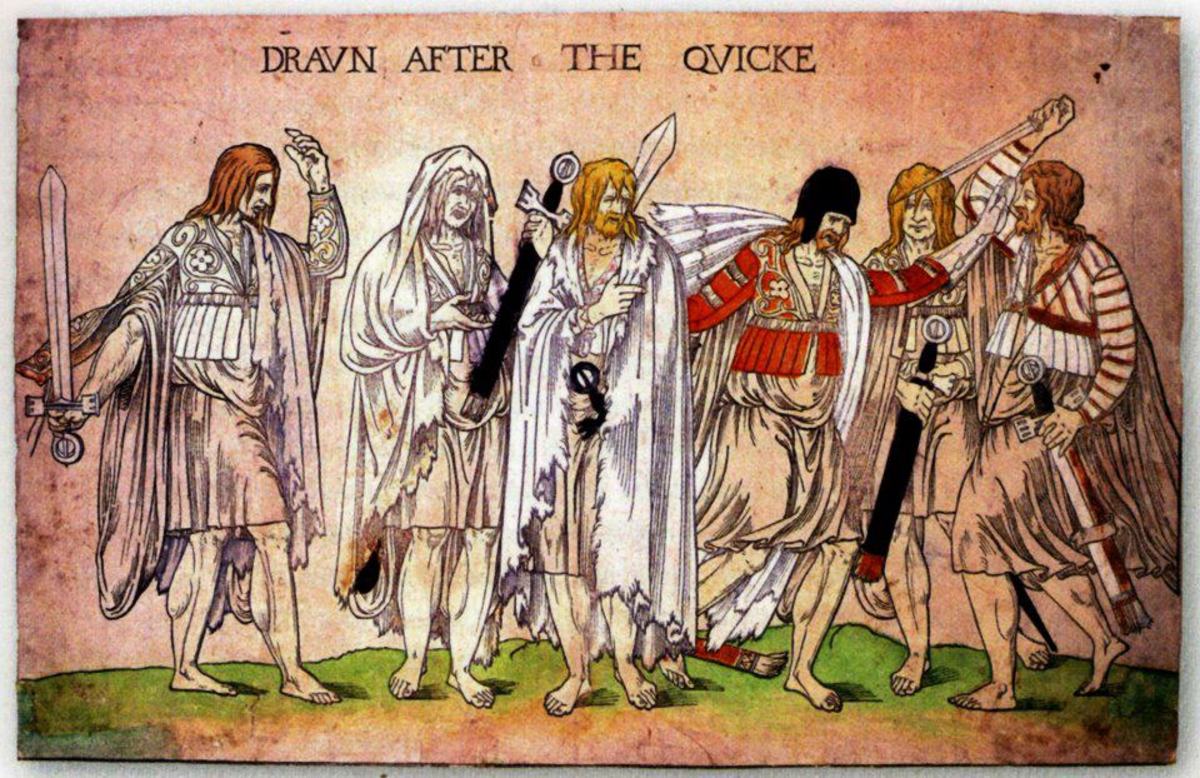
Unlike “Red Martyrdom” (surrendering one’s life to the flames or the animals of the arena) Green Martyrdom was an ascetic lifestyle taken up to show one’s pious nature and to make great sacrifice for God. Unfortunately, their climate and geography were not conducive to a particularly ascetic life and the Irish, not being particularly pious people anyway found themselves developing a more flamboyant monastic lifestyle than was seen in Europe. They appear to have come up with it on their own, for it does not look as if (at least from Cahill’s writing) anyone taught them to live in this way. Chastity seems to have been an optional capacity of the monastic lifestyle and from works such as The Hermit’s Song we can easily see that their brand of asceticism is not quite like that of the German Martin Luther’s.
The banishment of some Irish monks (aptly named “The White Martyrdom”) seems to be the most productive excommunication achieved by any church. For these banished souls appear to have won more of the same to the religion than those living in the relative comfort of their monasteries. This is one point I feel that Cahill left somewhat underdeveloped. If the White Martyrs were moving about so freely in leaving, then what about those who were coming? Could Ireland have had more outside influence than Cahill brought to light? Whatever the case the Irish were certainly developing with a level of independence not found elsewhere.
Another point that Cahill makes, though less explicit than the other two, is that education impacts culture greatly. It is not the refined who are burning books, it is the barbarians, the Vikings, the uncivilized and uneducated. The question has been raised, “Which books are worth dying for?” My answer would be, “Relatively few.” Fortunately for the modern world, (though most unfortunate for the Irish Monks of the day) the answer was: “Quite a few.”
In summation, the Irish are rarely thought of as contributors to the grand scheme of civilization, however after reading Cahill’s How the Irish Saved Civilization I have a new appreciation for this unique people group who did so much to preserve the literary works of the people of antiquity. Though they began as a culture of war their gift to humanity is one of peace: the preservation of documents that open the window to the thought and lifestyle of the ancients who went before us.



